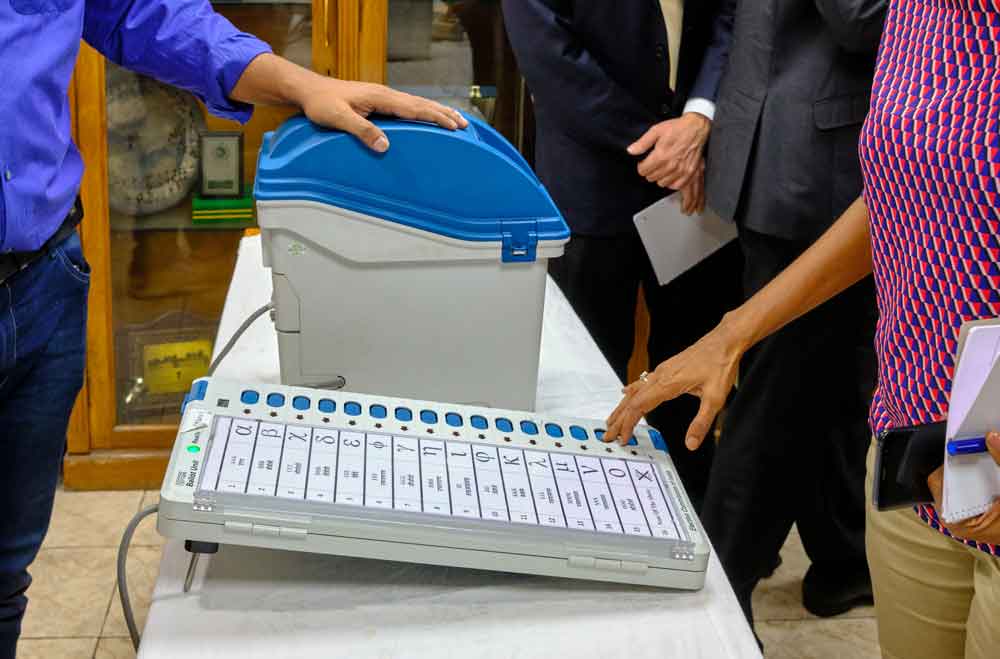The electoral landscape in India is poised for a significant transformation by the end of this decade, as projected by a report from the SBI. Forecasts indicate that from 2029 onward, women voters in India are anticipated to surpass their male counterparts in numbers.
In the upcoming 2024 general election, the SBI report projects a total voter turnout of approximately 68 crore, with an estimated 33 crore (49%) being women voters. Moving forward, projections indicate that by 2029, women voters could reach 37 crore, outnumbering the registered male voters at 36 crore.

Shift in Voting Patterns
The report also anticipates a shift in voting patterns, forecasting that by 2047, women's voter turnout might increase to 55 per cent, while men's voter turnout could decline to 45 per cent.
India has witnessed a notable surge in women's participation in the political sphere over the past decade. This is evident from the statistics, highlighting the growth in the number of women voters in various elections. For instance, in the 2019 Lok Sabha elections, the turnout rate among female voters exceeded that of males, with 67.18 per cent of women casting their votes compared to 67.01 per cent of men.
This trend of increased women's voter turnout has been observed prominently in state assembly elections across 18 out of 23 major states over the past five years. Notably, in 10 of these states, where women's voter turnout surpassed men's, the re-election of the same government occurred.
As political parties aim to tap into this emerging vote bank, it's crucial to note that the representation of women in India's legislative bodies remains comparatively low. Presently, women account for 15 per cent of the total members in the 17th Lok Sabha, while in state legislative assemblies, they constitute an average of 9 per cent of the total members.
Comparatively, Scandinavian countries such as Sweden, Norway, and South Africa have achieved over 45 per cent women representation in their national legislatures, surpassing India's current level. Even Japan, with 10 per cent representation, lags behind India in this aspect.